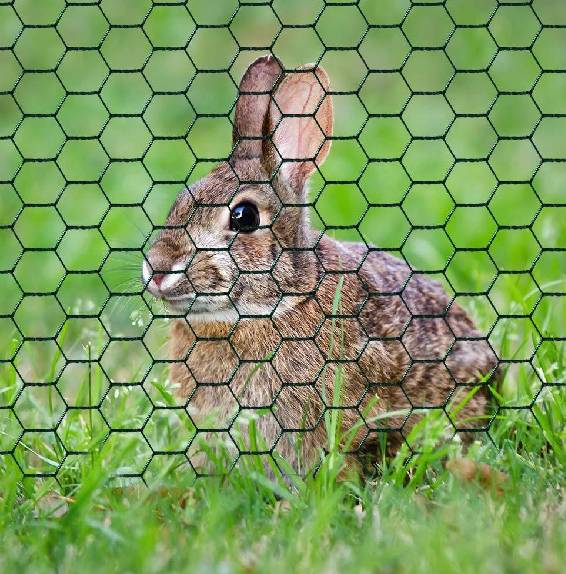Constructing a Durable Barbed Wire Fence for Effective Cattle Management and Protection Strategies
Building a Barbed Wire Fence for Cattle
Building a barbed wire fence for cattle is an essential task for any farmer or rancher looking to ensure the safety and containment of their livestock. A well-constructed fence not only protects cattle from predators but also prevents them from wandering into roads or neighboring properties. While constructing a barbed wire fence might seem daunting at first, with careful planning and execution, it can be accomplished efficiently.
Planning and Materials
Before beginning the construction, it’s crucial to plan the layout of your fence. Consider the terrain, the number of cattle, and any existing structures. Measure the area where the fence will be installed, marking the corners and gates' locations to ensure smooth installation. For cattle, a standard fence height of around 4 to 5 feet is typically sufficient.
Once the planning phase is complete, gather the necessary materials. The essentials for building a barbed wire fence include
- Barbed wire Commonly sold in rolls, it is available in various gauges and types. For cattle, a heavier gauge wire is recommended, typically around 12.5 gauge. - Fence posts You can choose between wooden, metal, or vinyl posts. Wooden posts are traditional but require regular maintenance, while metal posts offer durability. - String line Used to mark a straight line for your fence. - Wire stretcher This tool is essential for tightening the wire. - Corner bracing materials Extra support for the ends and corners of the fence to prevent sagging.
Installation Process
1. Setting Posts Start by digging holes for the fence posts at regular intervals—usually around 8 to 12 feet apart. The corners and gates require more substantial posts for stability. A depth of at least 2 feet is recommended for wooden posts to ensure they are anchored securely. Use concrete for added stability if desired.
building barbed wire fence cattle

2. Installing Corner Braces For any corners or ends, create a brace using additional posts set at an angle to provide support. This is vital to maintain the structural integrity of your fence, especially under tension from the barbed wire.
3. Stringing the Wire Use the string line to guide the positioning of the wire. Starting at one end, attach the barbed wire to the end post using appropriate ties, ensuring that it is securely fastened. Utilize a wire stretcher to maintain tension as you run the wire down the fence line, securing it to the posts at regular intervals.
4. Fencing Height and Tie-Offs For cattle, use at least 4 to 5 strands of barbed wire, spacing them evenly. The bottom wire should be about 12 inches from the ground to prevent cattle from crawling underneath. Secure each strand to the posts using wire ties or staples.
5. Finishing Touches After all strands are securely in place, inspect for any sagging or loose sections. Adjust as necessary to ensure a tight and secure fence. Finally, test the strength of the fence by applying pressure to various areas.
Maintenance Tips
A barbed wire fence requires ongoing maintenance to prevent weaknesses over time. Regularly inspect the fence for rust, broken wires, or loose posts, and make repairs as needed. Keep the area around the fence clear of debris and vegetation to reduce wear and tear.
In conclusion, building a barbed wire fence for cattle is a practical and valuable skill for any livestock owner. With careful planning, the right materials, and a methodical installation process, you can create a sturdy barrier that keeps your cattle secure and your property well-defined. Ultimately, the investment in time and resources will pay off, providing peace of mind and enhancing the overall management of your cattle operation.
-
Space-Saving Chain Fence Hacks Vertical Gardening with Cyclone MeshNewsJul.16,2025
-
Innovations in Iron Nail Wire Production for Modern ConstructionNewsJul.16,2025
-
Creative Uses of Wire Netting Fence in Modern Landscape DesignNewsJul.16,2025
-
Barbed Wire Fence Innovations in Anti-Climb TechnologyNewsJul.16,2025
-
Architectural Uses of Umbrella Nails for Aesthetic Roof DesignsNewsJul.16,2025
-
Architectural Uses of Razor Barbed Wire in Secure Urban DesignNewsJul.16,2025




